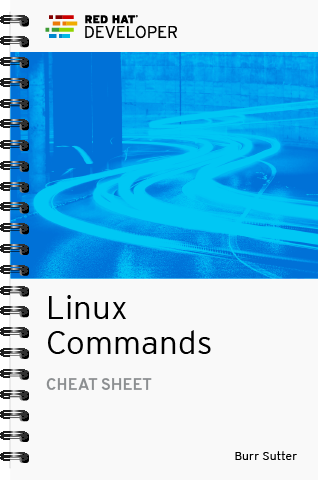
To file named in original invocation :q quit (or exit) vi * To file named in original invocation :wq quit vi, writing out modified file Note: The cursor moves to bottom of screen whenever aĬolon ( :) is typed. Usually the new or modified file is saved when you Vi filename edit filename starting at line 1 vi -r filename recover filename that was being Of the file will be displayed if the file does not exist, then anĮmpty file and screen are created into which you may enter text. The file named filename exists, then the first page (or screen) To use vi on a file, type in vi filename. Letter the results will not be what you expect. NOTE: Both UNIX and vi are case-sensitive.īe sure not to use a capital letter in place of a lowercase With practice, these commands should become automatic. The most basic and useful commands are marked with an asterisk Of these is usually sufficient for beginning vi users.Ĭontains a sampling of basic vi commands. While there are a number of vi commands, just a handful In the insert mode, every character typed is added to the text Something to the text file being edited a character typed in theĬommand mode may even cause the vi editor to enter the In the command mode, every character typed is a command that does

UNIX operating system is called vi ( visual editor).

What is vi? The default editor that comes with the


 0 kommentar(er)
0 kommentar(er)
